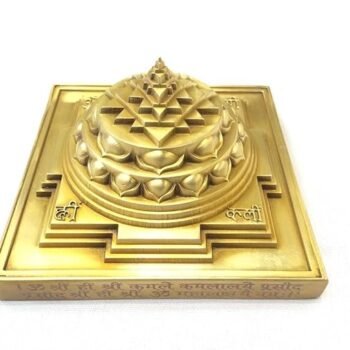View wishlist“Elegance of Wood Chandan Red” has been added to your wishlist
Diwali Poojan: Rituals, Significance, and Step-by-Step Guide
Diwali, also known as Deepavali, is one of the most significant festivals in India. It marks the victory of light over darkness and good over evil. A major highlight of the festival is the Diwali Poojan (Puja), which is performed to invoke the blessings of Goddess Lakshmi, Lord Ganesha, and Lord Kuber for prosperity, wisdom, and wealth.
1. Significance of Diwali Poojan
Diwali Poojan holds deep spiritual and cultural importance. People believe that performing the puja with devotion and purity attracts positive energy and financial prosperity. The key deities worshipped during this pooja are:
- Goddess Lakshmi – The goddess of wealth and prosperity.
- Lord Ganesha – The remover of obstacles and the god of wisdom.
- Lord Kuber – The treasurer of the gods, who blesses wealth accumulation.
2. Best Time (Shubh Muhurat) for Diwali Poojan
The puja is performed during Pradosh Kaal, which falls after sunset and lasts for about two hours and twenty-four minutes. The most auspicious time for Lakshmi Poojan is during the Sthir Lagna, as it is believed to be stable and brings lasting prosperity.
3. Essential Items for Diwali Poojan
To perform the puja correctly, you need the following items:
- Idols or pictures of Goddess Lakshmi and Lord Ganesha
- Puja thali (plate) with diya, roli, kumkum, rice, and sandalwood
- Flowers (preferably marigold and lotus)
- Fruits and sweets (for offering)
- Incense sticks and dhoop
- Coins and currency notes (symbolizing wealth)
- A kalash (water-filled pot) with mango leaves and coconut
4. Step-by-Step Guide for Diwali Poojan
Step 1: Clean and Purify the House
- Clean every corner of the house, especially the puja room.
- Sprinkle Ganga Jal (holy water) to purify the surroundings.
- Decorate the entrance with rangoli and light diyas.
Step 2: Set Up the Puja Altar
- Place a clean red or yellow cloth on the altar.
- Position the idols of Lakshmi, Ganesha, and Kuber.
- Keep a kalash filled with water near the idols.
Step 3: Invoke the Deities
- Light the diya and incense sticks.
- Chant Ganesh Mantra to seek his blessings first.
- Then, chant Lakshmi Stotra to invite Goddess Lakshmi.
Step 4: Perform the Rituals
- Apply kumkum, roli, and rice to the deities.
- Offer flowers, fruits, and sweets to the gods.
- Recite Diwali Aarti with devotion.
- Perform Lakshmi Chalisa and chant “Om Mahalaxmi Namah”.
Step 5: Offer Prayers and Distribute Prasad
- Meditate for a few minutes and pray for prosperity.
- Distribute prasad (sweets and fruits) among family members.
- Exchange gifts and blessings.
5. Special Diwali Poojan Mantras
Chanting sacred mantras enhances the power of the puja. Some important ones include:
- Ganesh Mantra: “ॐ गं गणपतये नमः”
- Lakshmi Mantra: “ॐ श्रीं ह्रीं श्रीं महालक्ष्म्यै नमः”
- Kuber Mantra: “ॐ यक्षाय कुबेराय वैश्रवणाय धनधान्याधिपतये धनधान्य समृद्धिं मे देहि दापय स्वाहा”
6. Importance of Diwali Dhanteras & Govardhan Poojan
- Dhanteras (First Day of Diwali) – Dedicated to Lord Dhanvantari and wealth worship. People buy gold, silver, and utensils as a sign of prosperity.
- Govardhan Poojan (Fourth Day of Diwali) – Celebrates Lord Krishna’s lifting of Govardhan Hill to protect villagers from Lord Indra’s wrath.
7. Conclusion
Diwali Poojan is not just about performing rituals; it’s about welcoming divine blessings into our homes. By following the traditions with faith and sincerity, one can invite peace, prosperity, and happiness into their lives.
Would you like any modifications or additional details?
Be the first to review “Diwali Poojan” Cancel reply











Reviews
There are no reviews yet.